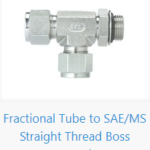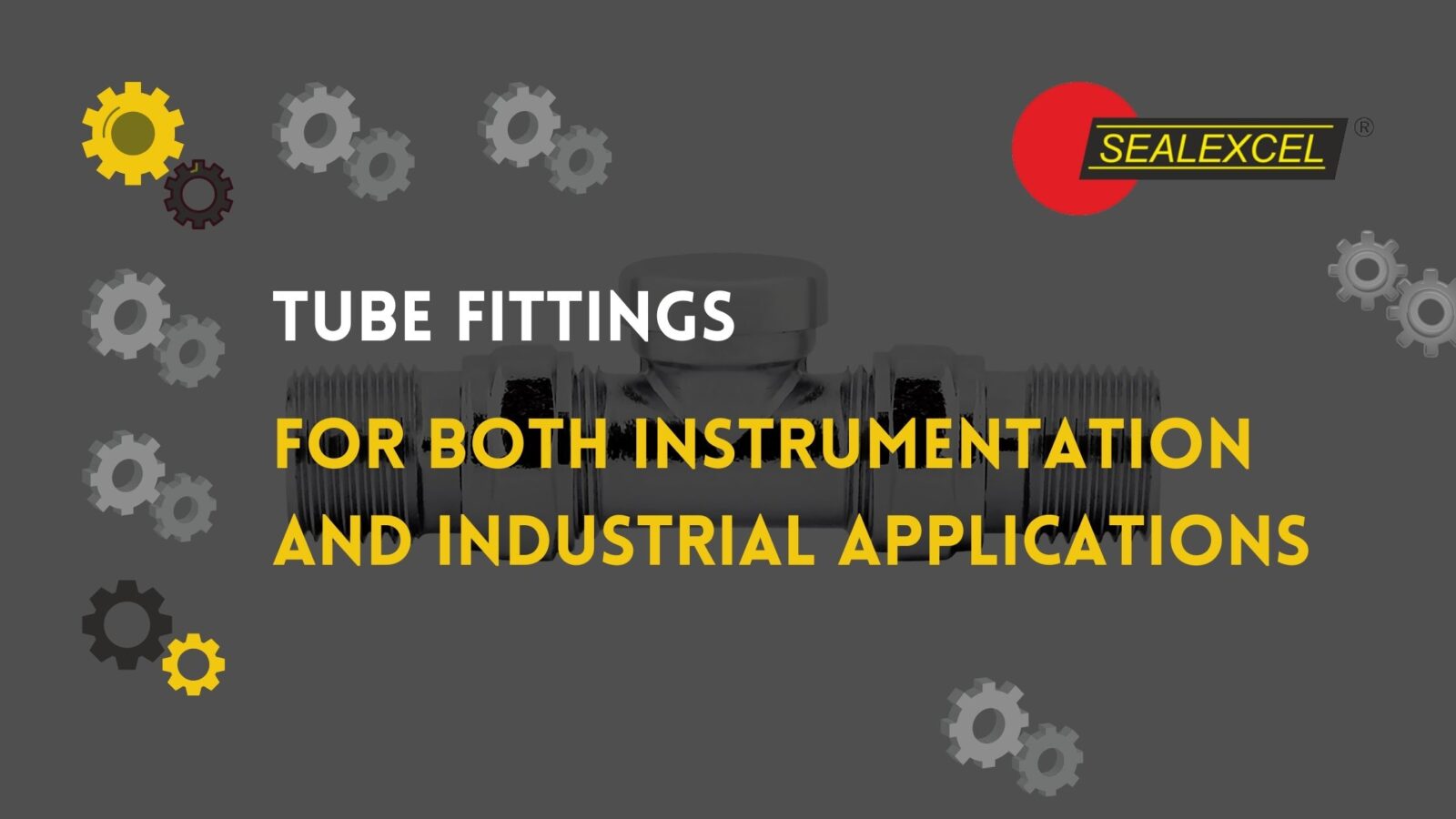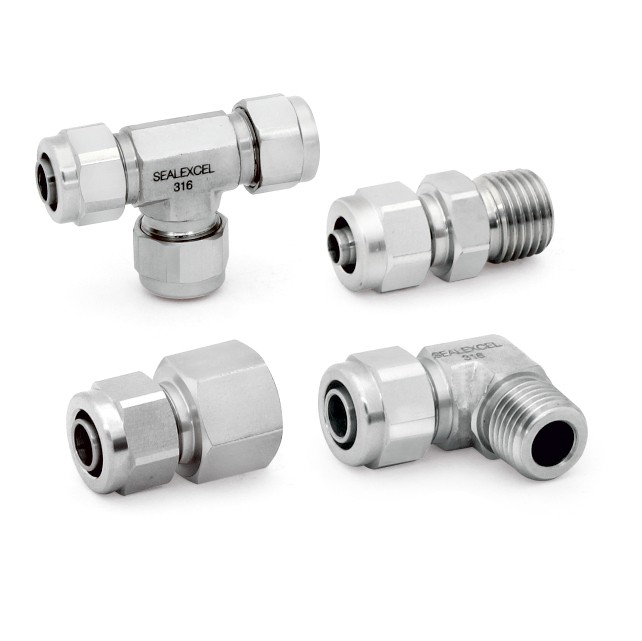
Tube Fittings Manufacturer – Innovative Products and Services
October 27, 2021
Tube Fittings for Both Instrumentation and Industrial Applications
February 2, 2022Tube fittings include standard items like adapters and connections and non-standard things like calibration fittings and unique orifices. Must install Compression tube fittings correctly for the instrumentation system to perform well and for a long time. Even though the components and their assembly appear to be straightforward, errors in storage, manufacture, and installation are all too common; due to these problems, tubing systems may operate poorly and have a shorter lifespan.
However, more than half of all NPT fitting installers do not adhere to the necessary installation guidelines, resulting in certain dangerous working situations and environments. Knowing the manufacturer’s installation instructions is essential. This blog will go over the required approach in detail and a few tips for speeding up the fitting process without compromising safety.
Preparation of Tubing
You’ll want to make sure the tube is correctly prepped before installing a tube fitting, and To begin, choose tubing that meets the tube fitting’s hardness and wall thickness requirements. Always double-check with your tubing maker to ensure it’s compatible with the tube fitting you’re using. Make sure your tubing is clean and free of surface scoring or distortion by inspecting it. Minor imperfections in the tube surface, especially at high pressures, can endanger the integrity of your fluid network. After that, please double-check that you’ve cut the tubing squarely and evenly, as well as that it’s been correctly deburred; after that, you’re ready to put your tubing in place.
Pre-Inspection
This step is required to confirm that the ferrule system is complete and that the ferrules are in the proper orientation. The precise alignment of the ferrule system and the tubing is established during pre-inspection.
Installation Instructions for Standard Tube Fittings
Nearly all of the leading tube fitting brands use the exact basic tube fitting installation instructions.
- Insert the tube into the fitting until it reaches the shoulder of the fitting.
- Inside the fitting body, the shoulder serves as a stopping point; By bringing the tubing to a stop against the shoulder, you ensure that the ferrules have enough biting surface on the tubing to make a secure connection.
- Hand-tighten the fitting nut until it is hand-tight.
- Mark the fitting nut and body at the 6 o’clock position using a marker.
All of the hard work has been completed at this point. Most instals stop here but Unfortunately, many individuals overlook the final step, which is why tube fittings have such a high failure rate.
Post-Inspection
It is necessary to conduct a post-installation inspection to ensure correct quality assurance.
Because faulty tube insertion is the most common cause of tube blowout, the operator must ensure that the tube bottom rests squarely on the fitting’s internal shoulder.
To ensure trouble-free operation, outstanding performance, and long life of tubing systems, instrumentation system designers must thoroughly examine the operating environment of the installation location, confirm component compatibility, follow suitable installation processes, and undertake necessary maintenance.
Seal Excel is a metal tube fittings supplier that provides a diverse choice of fitting options to meet the needs of our customers. NPT/BSP/ISO and SAE/MS straight thread features are provided on compression tube fittings.
As a stainless steel pipe fittings provider, we have a massive collection of Stainless Steel Compression Fittings and Twin Ferrule Compression Fittings to meet a wide range of industrial demands.



